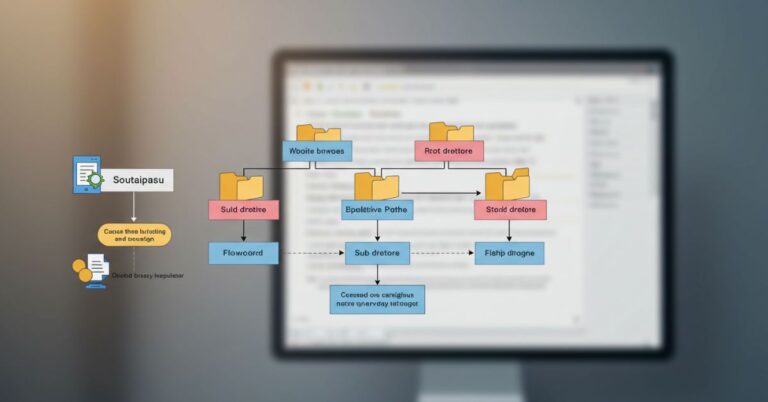PEP Alerts in Financial Services: A Key Compliance Solution
As per recent studies, politically exposed persons are most prone to financial crimes of money laundering and terror funding, so their screening is a major requirement within this chaos. According to UNODC, which is the United Nations Office on Drugs and Crime, about 2-5% of the total GDP in the world is laundered each year. Or you can also say, it is €715 billion to €1.87 trillion in numbers.
Keeping an eye on these numbers, it has become necessary to issue PEP alerts for combating these financial illegalities and related crimes.
Contents
What are PEP Alerts?
PEP alerts are automatic messages created within compliance systems to identify possible interactions with such individuals. They are vital early warnings, enabling organizations to remain alert and aware. They are not technical triggers — they are key elements of risk avoidance measures. When a transaction or new customer fits patterns identified in known profiles of PEPs, an alert is triggered to the compliance officer, prompting further investigation.
Potential PEP Lists
Knowing how PEP lists are compiled is important for comprehending the genuine importance of an alert. Such lists are not arbitrary — they’re made up of a mix of government sources, international sanctions, media releases, and publicly available registries. They usually consist not only of the key person with a politically exposed position but of close family members, associates, or business partners who could be conduits for illicit activities.
The size of these lists can differ substantially from one jurisdiction to another. In some jurisdictions, for example, mid-rank public servants may be included, whereas others might only target senior positions like heads of government, ministers, or senior judiciary members. Certain private compliance information providers also keep dynamic databases, cross-checking international records in order to maintain currency in the data.
This variation requires that firms select strong compliance systems that collect sound data from various jurisdictions. A small or outdated list can result in false negatives or overlooked risks, which can lead to reputational and regulatory harm for the organization.
Complete PEP Checklist: How It Actually Gets Done?
Conducting a complete PEP check demands a systematic approach. The goal is not only to detect PEPs but also to assess the degree of risk involved. For this purpose, compliance officers adopt a comprehensive PEP checklist, where each step of the assessment is carried out with forethought.
The checklist will typically start with identification, verifying the subject’s identity. This would involve verifying full names, aliases, date of birth, and any connection to government roles. Classification follows next. Not all PEPs are of the same risk; a current foreign minister will typically receive more attention than an old city councilor.
After identification and classification, the origin of money and wealth is checked. This section is imperative, as it contributes to identifying whether the PEP’s financial transaction matches their documented sources of income. Last but not least, constant monitoring is put in place. Single checks are never sufficient; political affiliations change, and so does the scrutiny surrounding them.
Executing a thorough checklist is a combination of technology and judgment. Computers can highlight names, but human experience is required to identify relationships, context, and risk levels in the right way. Compliance teams also need to verify that the whole process matches the regulatory standards established by national and global authorities.
Role of PEP Screening Within Business Dealings
PEP screening has a key role in defining ethical business relationships. In onboarding a new customer, forming a partnership, or sanctioning a transaction, companies need to identify the possible red flags of politically exposed relationships.
Disregarding such flags can have serious consequences. Supervisory regulators worldwide anticipate corporations to have appropriate control measures in place. Not being able to detect and respond to a risk associated with a PEP can have significant financial penalties, operating limitations, and irreparable reputation damage.
But in addition to regulatory requirements, PEP screening is also of strategic benefit. It enhances stakeholder, investor, and customer trust by showing that a company is strongly committed to openness. Those with robust screening processes are best positioned to cope with cross-border transactions, particularly in areas where political instability or poor governance prevails.
Concluding Remarks
With reputational damage capable of doing as much harm as monetary loss, proactive compliance has never been more essential. PEP notifications act as an early warning system, providing companies with the advanced knowledge to spot and mitigate risk associated with politically exposed persons.
Constructing an effective framework takes more than executing a database search. It requires keeping current with updated PEP lists, utilizing an expanded PEP checklist, and conducting prompt PEP screening. Each step in this process enhances risk intelligence depth, enabling organizations to act decisively and ethically.





